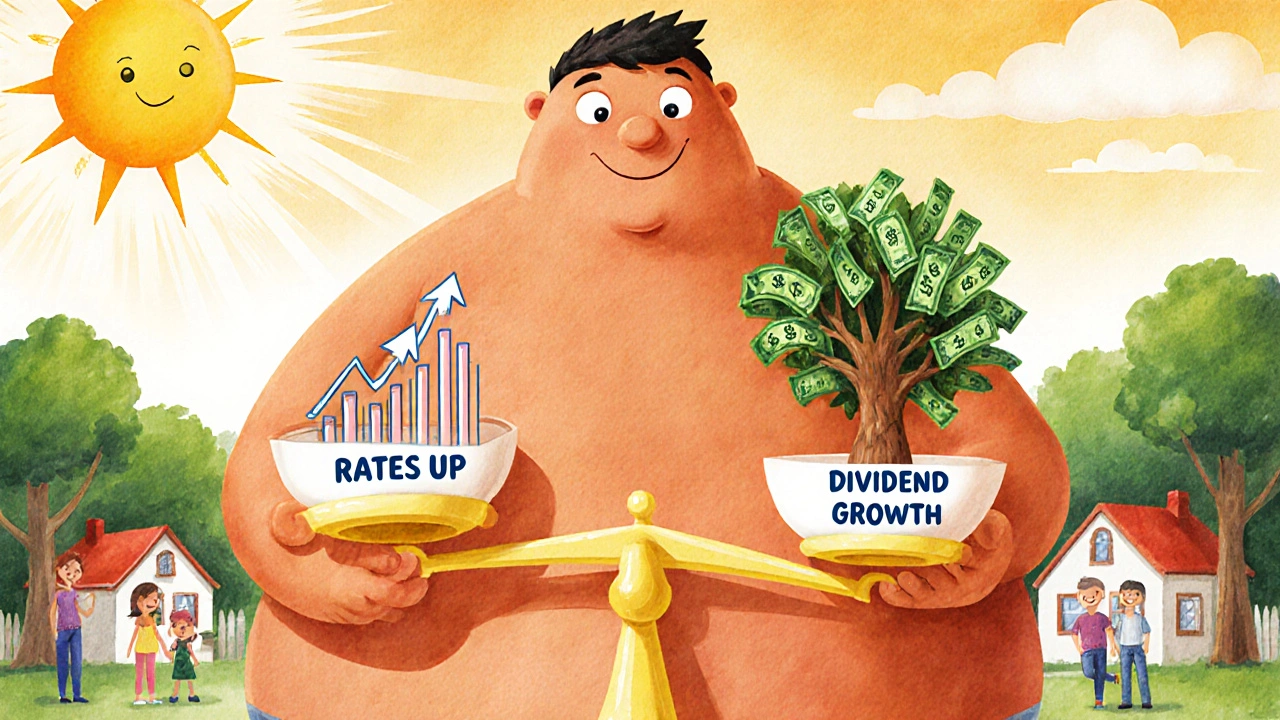Dividend Stocks: How to Build Steady Income from Reliable Payouts
When you buy dividend stocks, shares in companies that distribute a portion of their profits to shareholders on a regular basis. Also known as income stocks, they’re not about quick flips—they’re about getting paid while you wait. Unlike growth stocks that hope to rise in price, dividend stocks give you cash every quarter, year after year. Think of them like rent for owning part of a business. Companies like Coca-Cola, Johnson & Johnson, and Walmart have been doing this for decades. They don’t need to explode in value to be valuable—they just need to keep making money and sharing it.
Not all dividend stocks are the same. Some pay high yields but come with risk—like mortgage REITs, real estate investment trusts that borrow money to buy loans and pay out high dividends. Also known as mREITs, they can swing wildly when interest rates change. Others, like blue-chip companies, pay smaller but steadier dividends. Then there’s the dividend yield, the annual payout divided by the stock price, shown as a percentage. Also known as yield, it’s your return on investment before the stock moves at all. A 4% yield on a $100 stock means $4 a year, every year, as long as the company doesn’t cut it. But yield alone doesn’t tell the whole story. A high yield can mean the stock price crashed. A low yield might mean the company is growing fast and reinvesting profits instead of paying you.
Dividend investing isn’t just about picking high-yield names. It’s about understanding how companies earn, how they manage cash, and whether they can keep paying. That’s why you’ll find posts here about dividend stocks that dig into real data—like how taxes affect your take-home pay, how reinvesting dividends builds wealth over time, and why some companies raise payouts every year while others freeze them. You’ll see how dividend income fits into broader strategies like asset allocation, how you split your money between stocks, bonds, and other assets based on your goals. Also known as portfolio allocation, it’s the foundation for long-term results. You’ll also find breakdowns of broker tools that make reinvesting dividends automatic, and how to avoid traps like companies that pay dividends but are drowning in debt.
This isn’t about chasing the highest payout. It’s about building a stream of income that grows, lasts, and doesn’t vanish when the market dips. Whether you’re just starting out or looking to add stability to your portfolio, the posts here give you the facts—not the fluff. No promises of riches. Just clear, tested ways to get paid for holding what matters.



